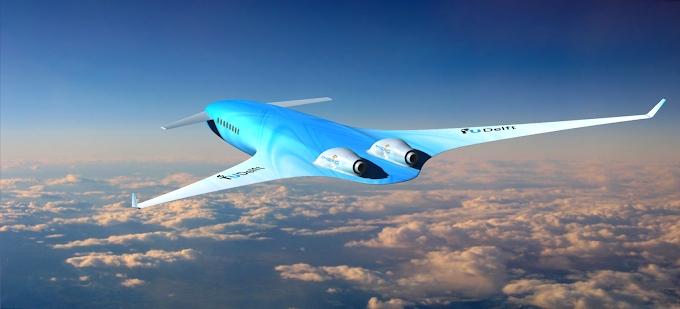This All-Terrain Robot "Instructs" Itself to Walk revolutionary
If not for its absence of a head, a robot from a University of Oslo investigate gathering would appear to be alarmingly life-like as it unearths the floor. Named DyRET, this quadruped shows itself how to stroll on various landscapes, and even gains from its slip-ups.
DyRET has experienced a couple of various outlines since it first hit the asphalt in 2015. In any case, the most recent rendition, as gave an account of by WIRED, is the most adroit at making sense of the leg and stride length important to voyage around on ice, rocks, or some other surface. With each flimsy advance DyRET makes, we're that significantly nearer to having really off-road robots.
Obviously, DyRET doesn't generally resemble it has things made sense of. At the point when its originators set it on another surface, the robot begins moving all around. Each of the four legs, which have joints that twist inwards, grow and contract in two spots. DyRET tries out different estimated steps, as well, and here and there, the decisions come up short and it falls over. However, DyRET's movement sensor grabs on which decisions give the most soundness, and the robot recollects t
When it has a territory aced, DyRET can likewise accomplish something most little children don't have made sense of: Stop circling uncontrollably when running low on vitality. Moving long legs takes a considerable measure of energy. Long, quick walks is DyRET's optimal state, yet as the battery channels, it will abbreviate its legs to quit squandering such a great amount of vitality on swinging an appendage. Rather, the robot will attempt and remunerate by moving shorter appendages quicker.
DyRET's steady assessment of its space places it in a tech classification called "developmental mechanical autonomy." In nature, advancement occurs over numerous ages of one animal categories. People don't develop, yet the individuals with the best characteristics for getting by in a natural surroundings pass those increasingly skillful characteristics onto their posterity. In transformative mechanical technology, that (occasionally) decades-long procedure of amassing the most helpful qualities is consolidated into simply the one robot. In spite of the fact that worked with a wide range of abilities, the robot figures out how to depend on the ones that work best for the conditions it's in.
This field of mechanical autonomy implies DyRET and others like it can deal with a larger number of situations than their software engineers could teach them to. Also, the sooner robots can make sense of things for themselves, theys.
















0 Comments